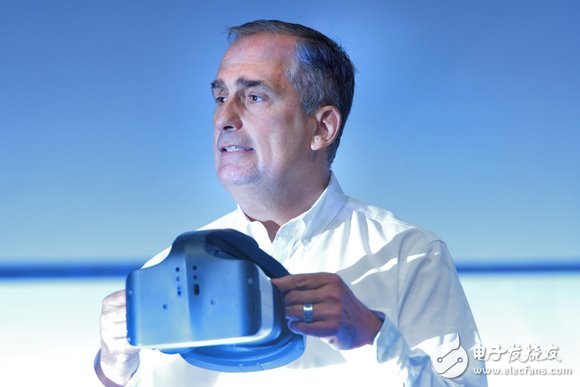According to foreign media reports, Intel has not paid enough attention to the independent graphics technology, even if the company recently launched important product information for AI and VR technology, it still does not show enough interest in the GPU.
Back in 2009, Intel abandoned its GPU development project called Larrabee, which was widely recognized as an important move by Intel to impact PC gaming systems. But now many analysts have begun to question whether Intel still has the need to build a high-performance GPU, which is now an integral part of the game, virtual reality and artificial intelligence markets.

At the Intel Developer Forum held not long ago, the Intel VR and AI strategy remains the focus of this forum, as well as its own CPU and FPGA (Field Programmable Gate Array) technology. Aspects of the issue. However, the topic of GPU continues to be left out, which makes people doubt the integrity of the chip giant product line.
For many years, Intel has not been a leader in the GPU field, and has never had too many positive confrontations with AMD and NVIDIA. However, Intel this week also showed some progress in this field, the company said that the seventh-generation Core processor micro-architecture code-named "KabyLake" integrated graphics can already support the popular 4K display standard.
In addition, Diane Bryant, executive vice president of Intel Data Center Group, announced on Wednesday that the company is already developing a high-end server chip "Xeon Phi" for artificial intelligence technology. Moreover, Baidu, a Chinese Internet company, has determined that XeonPhi series chips will be enabled in its data center for deep learning platforms.
It should be pointed out that this is actually the third generation Xeon Phi product of Intel. Its development code is "Knights Mill". And because of the use of FPGA technology, the chip can also be programmed separately depending on the machine learning task.
In other words, Intel believes that a pure GPU product does not necessarily need to be present in its own AI strategy.
"In fact, the highest performance computer needs not the GPU, but the ability to improve parallel applications, and there are many ways to do this." Jason Wicksman, vice president of Intel's data center solutions division (Jason Waxman explained.
But the actual situation now is probably not that simple. In this regard, Patrick Moorhead, founder and principal analyst of market research firm Moor Insights and Strategy, believes that a separate GPU chip will be very useful in many multimedia applications. And if Intel has cutting-edge graphics technology that rivals NVIDIA or AMD, the company's participation in AR and VR will increase a lot.
"In ordinary VR, AR technology applications, Intel's own CPU is sufficient. But if it involves high-end VR products such as HTC Vive or OculusRift, users may still need to use NVIDIA or AMD graphics cards. Although Intel may now The GPU is not needed for the time being because of the Xeon Phi, but it will change over time."
Jim McGregor, founder of technology industry research firm TIrias Research, said that a high-performance GPU can help Intel better control the AI, gaming, VR and AR markets, but really want to build a good GPU Intel is by no means a simple matter.
McGregor believes that Intel is not flustered by the concept of so-called coprocessors or independent processors. Moreover, the company can temporarily solve this problem by cooperating with AMD and Nvidia at this stage.
SMALL ELECTRIC FORKLIFT POWER UNIT
Hydraulic Power Unit For Warehousing,Closed Center Hydraulic Valve,Energy Hydraulic Valve Parts,Air Operated Hydraulic Valve
CHANGZHOU ROHN HYDRAULIC SCI-TECH CO.,LTD , https://www.rohnhydraulic.com